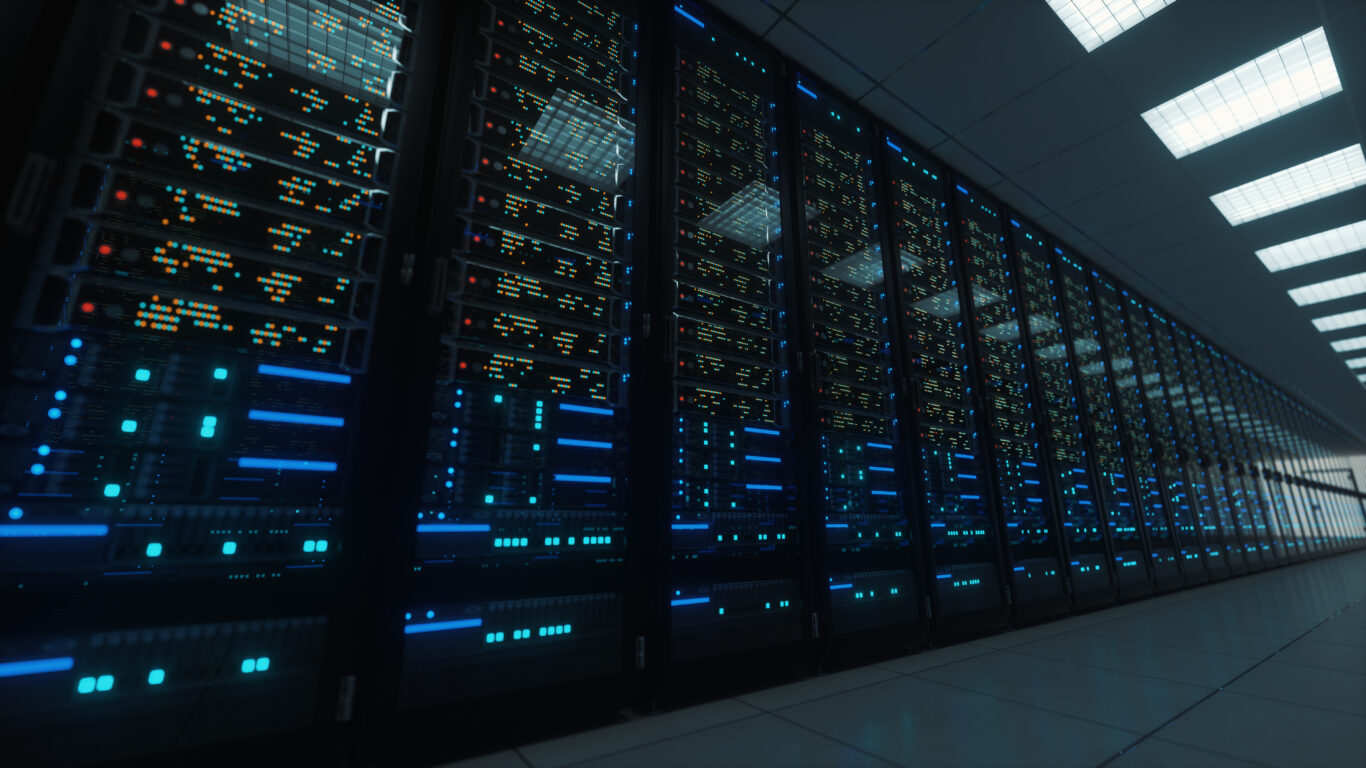In the wake of the global pandemic, the shift to remote work has transformed from a temporary solution to a permanent fixture in our professional lives. With 12.7% of full-time employees working from home and 28.2% in a hybrid model as of 2024, the need to secure data outside the traditional office environment has never been more critical.
This new era of work brings with it a host of cybersecurity challenges, from securing remote data at rest on access devices, to endpoint vulnerabilities to phishing attacks, that threaten the integrity of company data and security. As organisations navigate this landscape, adopting robust remote work policies, secure technology, and continuous cybersecurity training has become essential.
The Importance of Remote Work Data Protection
Protecting data in remote work settings is crucial not only for safeguarding sensitive employee information but also for maintaining customer trust and compliance with data protection regulations like GDPR. A breach can lead to significant financial losses, reputational damage, and legal penalties. For finance teams, ensuring the security of financial transactions and payroll data is of utmost importance, as it involves handling sensitive information such as national insurance numbers, addresses, and bank account details.
Strategies for Ensuring Data Security in Remote Work
Ensuring data security in a remote work environment requires a proactive approach, blending technological solutions with strategic planning and employee education.
1. Implement Strong Remote Work Policies
Creating comprehensive remote work policies is the first step toward mitigating cybersecurity risks. These policies should cover data handling practices, cyberattack prevention strategies, and the use of secure cloud storage and encryption software.
Regular audits, access control policies and vulnerability analysis can help identify vulnerabilities and reinforce the importance of data protection among remote employees.
2. Invest in Secure Technology and VPN Use
Utilising secure technology and encouraging the use of VPNs can significantly reduce the risk of unauthorised data access. VPNs encrypt internet connections, making it difficult for hackers to intercept data. Additionally, adopting password management tools and enforcing multi-factor authentication adds an extra layer of security.
For Ministry of Defence use and UK Government Prolinx offers a Deployed Bearer of Opportunity (DBoO) system that provides a portable, secure communications platform that maintains the highest levels of security. DBoO is invaluable for protecting data in deployed locations and remote jobs, and is especially useful in environments where maintaining high security levels is crucial. This is a great example of how advanced technology can be leveraged to meet the evolving needs of remote work and operations in sectors where data security cannot be compromised.
3. Continuous Cybersecurity Training
Educating all employees on the latest cybersecurity threats and best practices is critical. Awareness of common cybersecurity threats such as phishing, social engineering, and ransomware is essential for remote workers.
Training should include recognising phishing emails, the importance of strong password policies, and the risks associated with using unsecured Wi-Fi networks.
Employees should be trained to scrutinise emails for signs of phishing and report any suspicious activity to their security team immediately. Regular updates and simulations of phishing attacks can help ensure security remains a priority for remote workers.
4. Maintain Clear Distinctions Between Work and Personal Devices
To minimise the risk of data breaches, employees should be encouraged to keep work and personal devices separate. Companies should provide guidelines on securing personal devices if used for work purposes and ensure that all work devices are equipped with the latest antivirus software and security updates.
With nearly 70% of employees admitting to switching between personal and company devices for work, the blurring lines between personal and professional life further exacerbate these risks.
5. Embrace Cloud Technology and Zero Trust Models
The adoption of cloud technology and zero trust network access models can offer a more flexible and secure framework for remote work. Cloud-based solutions can ensure that data is accessible only to authorised users, regardless of their location, while a zero trust approach requires verification for every attempt to access any company resources.
6. Secure Data Backups and Encryption
Regular data backups and end-to-end encryption protect against data loss and unauthorised access. Backing up data to a secure cloud service ensures that critical information is retrievable in the event of hardware failure, cyberattacks, or natural disasters.
—
The transition to remote work necessitates a comprehensive and proactive approach to data security. By implementing robust policies, investing in secure technology, and fostering a culture of cybersecurity awareness, companies can navigate the challenges of remote work while ensuring the protection of sensitive data. Emphasising the importance of data security among remote employees and adopting best practices will be key to mitigating the risks associated with remote work.
In the era of remote work, safeguarding data is not just a responsibility but a necessity that requires ongoing commitment and adaptation to emerging threats. With the right strategies in place, businesses can ensure that their transition to remote work is secure, sustainable, and successful.
